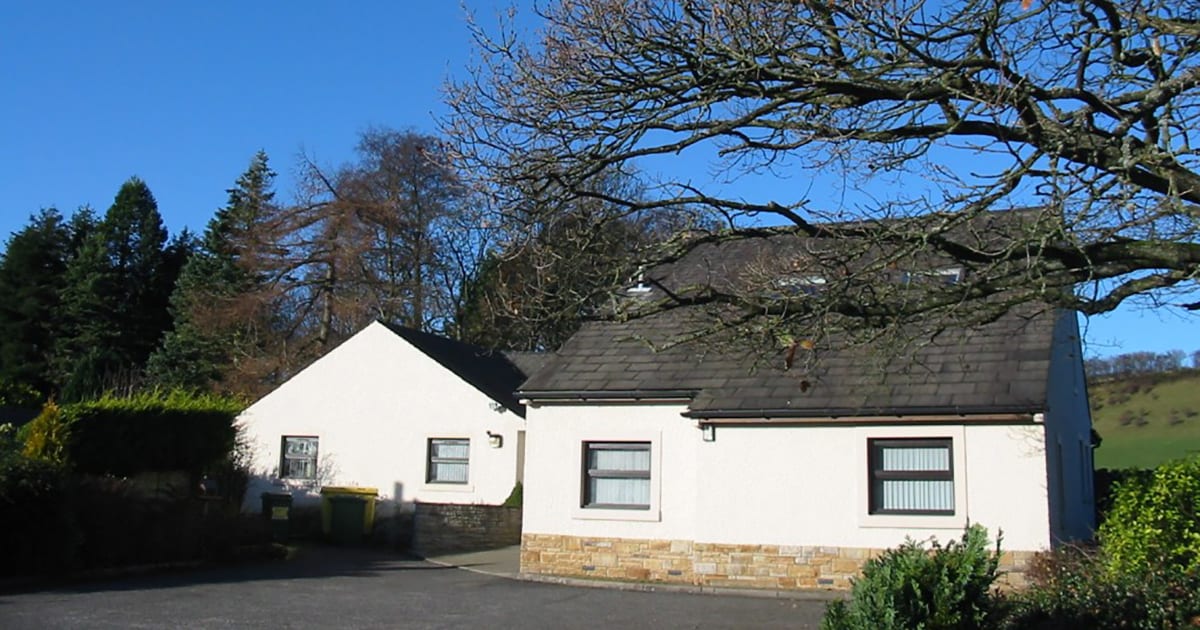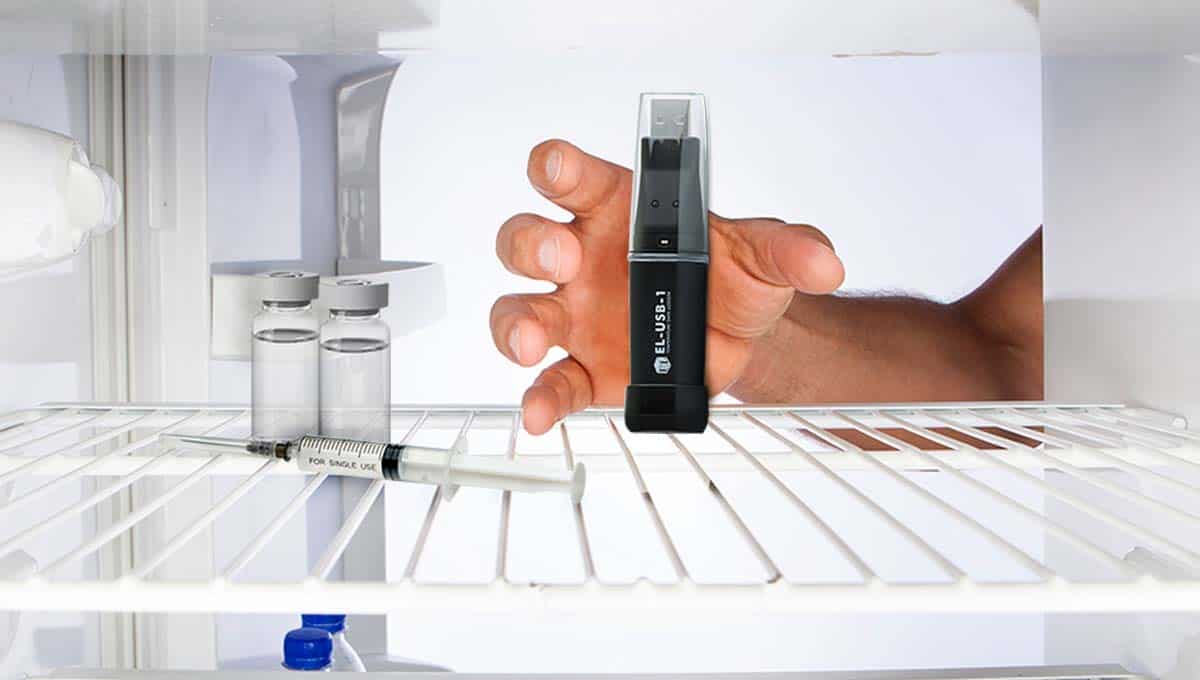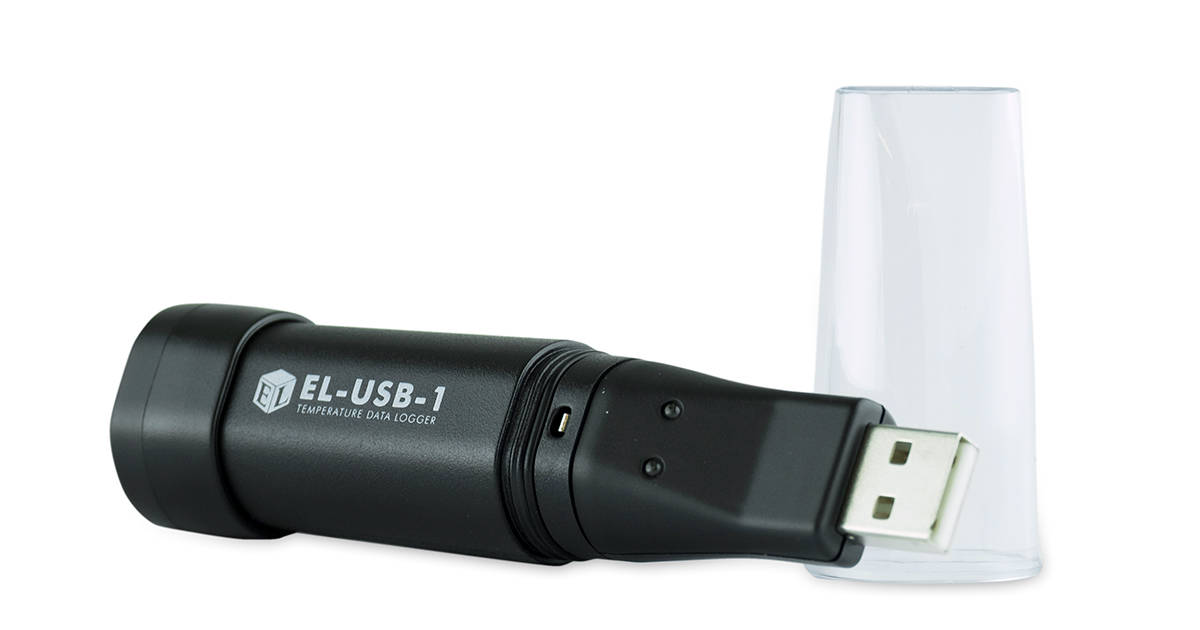Using Lascar’s temperature data loggers to monitor vaccine storage conditions
While none of us relish the thought of winter while enjoying the summer sun, for many, winter also brings the grim prospect of flu. In the run up to those colder months, the elderly, young and those with compromised immune systems are all actively encouraged by the National Health Service to get a free flu jab in the hope they can ward off what can be a life threatening disease.
Typically administered in the late summer, surgeries across the UK stock up on vaccines in anticipation of greater footfall through their offices. But storing these vials can also prove a challenge.
Flu vaccine, like many other pharmaceuticals, has to be kept in a strictly temperature-controlled environment. Stored between 2 and 8 degrees C, if the temperature of the vaccine rises above or below these thresholds for a certain period of time, because of a faulty fridge or door left open for example, the medicine loses its potency and must be destroyed.
While dispensed to patients for free, vaccines are valuable commodities and the loss of a large fridge of flu vaccine can cost the NHS thousands, sometimes tens of thousands of pounds.
In fact, it was a power cut in the Cumbrian village of Caldbeck that caused just such a loss for the town’s local GPs in 2015. Operating since the creation of the NHS in 1947, Caldbeck Surgery is a rural practice, located in the Lake District National Park on the edge of the Northern Fells.

Fourteen miles from Carlisle, the surgery has five doctors supporting over 4,400 patients spread over approximately 100 sq. miles. Although the practice is housed in a purpose built building in the center of Caldbeck Village, power cuts are not uncommon. But for a business storing temperature-controlled product like vaccines, the consequences can be expensive.
It was a weekend power cut, unknown to employees until they returned to the surgery on Monday morning, that saw the practice’s three medical fridges go out in 2015 with the loss of several thousand pounds worth of product.
While vaccines can actually retain their potency for half an hour outside of their normal storage temperature, they lose potency fast over that half hour threshold. For Caldbeck’s Practice Manager, the issue was not power loss but rather not knowing how long the power had been out. Without that information, all stock had to be destroyed.

Keen to avoid this type of loss in the future, he took to the internet to see whether he could find a device capable of monitoring the temperature of the vaccines – so in the event of a power cut he would know exactly how long the vaccine had been out of range. What he found was Lascar’s EL-USB-1 – a simple USB temperature data logger.
With the logger located in the fridge, it is set to take a temperature reading every 15 minutes, giving a good balance between accuracy and battery life. Programmed with high and low alarms at 2 and 8 degrees C, the monitor has a flashing red LED alarm which starts to flash when the refrigerator has gone out of range.

In the event of an alarm being triggered, the practice manager can remove the logger and connect it to the computer to download all its readings – including the temperature that caused the alarm and how long the logger saw that temperature. The difference between 15 minutes out of range and 3 hours, is the difference between keeping or destroying stock.
Since the purchase of three Lascar monitors for each of their fridges, Caldbeck Surgery has seen more power interruptions but this time they haven’t resulted in throwing away all stock.
In fact recently, they only lost three items from a large vaccine filled fridge because they could see by looking at data from the loggers that only a small number of vials had been out of temp range long enough to render the vaccine useless. The culprit – whoever left the fridge door open – was saved some embarrassment too!
During a recent planned outage by the electricity supplier, fridge contents were distributed amongst local staff fridges – with the contents data-logged through transfer to storage and back again.
“These monitors are cheap, easy to use and have already saved us thousands of pounds in lost pharmaceuticals. I’d recommend them to any practice manager looking to save money and time in monitoring temperature controlled stock.” – Maritn Woodham, Practice Manager


